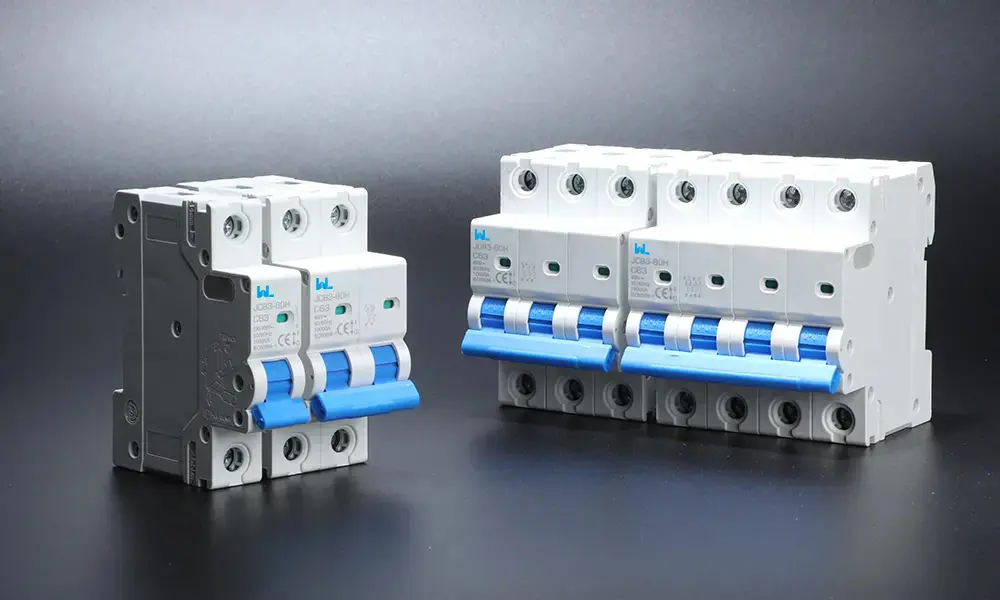E-commerce success hinges on efficient logistics. A fulfillment center plays a critical role in ensuring customer orders are processed, packed, and shipped with speed and accuracy. Businesses that utilize fulfillment centers streamline operations, reduce shipping times, and optimize inventory management.
What a Fulfillment Center Does
A fulfillment center is a facility where products are stored, picked, packed, and shipped on behalf of businesses. It acts as an operational hub that handles everything from inventory management to order processing, ensuring customers receive their purchases quickly. These centers are particularly beneficial for e-commerce retailers, subscription box services, and enterprises needing rapid distribution.
How a Fulfillment Center Works
Efficient order fulfillment requires a seamless process. A fulfillment center operates with an integrated system that manages inventory, processes orders, and coordinates shipping logistics.
- Inventory Storage and Organization
Products are stored systematically in a fulfillment center to optimize space and accessibility. Modern facilities utilize barcoding, RFID tracking, and automated shelving to maintain precise inventory control. Proper organization minimizes retrieval times and prevents order delays.
- Order Processing and Picking
When a customer places an order, the system automatically assigns a picking request. Warehouse staff or automated robots locate the items using optimized picking routes, ensuring efficient retrieval. Picking strategies include:
- Batch picking: Collecting multiple orders simultaneously to maximize efficiency.
- Zone picking: Assigning pickers to specific areas for streamlined operations.
- Wave picking: Organizing order fulfillment based on priority and shipping schedules.
- Packing for Secure and Cost-Effective Shipping
Items are packed using the most suitable materials to prevent damage while minimizing shipping costs. Many fulfillment centers implement eco-friendly packaging to reduce environmental impact. Proper packaging ensures items arrive in perfect condition while optimizing dimensional weight for cost-effective shipping.
- Shipping and Carrier Coordination
A fulfillment center works with multiple carriers to offer competitive shipping rates and delivery speed options. Orders are labeled, sorted, and dispatched efficiently. Some fulfillment centers use AI-driven algorithms to select the best carrier based on cost, delivery time, and customer preference.
- Returns Management and Reverse Logistics
Returns are a key part of e-commerce logistics. A fulfillment center handles reverse logistics by inspecting returned products, restocking items, and processing refunds or exchanges. A structured returns process reduces losses and enhances customer satisfaction.
Key Benefits of Using a Fulfillment Center
Faster Shipping and Improved Delivery Times
Strategically located fulfillment centers reduce shipping distances and transit times. Businesses can store products in multiple locations to ensure faster delivery to customers nationwide or globally.
Scalability Without Overhead Costs
A fulfillment center allows businesses to scale without the need for additional warehouse space or staff. During peak seasons, fulfillment providers can handle increased order volumes without delays, ensuring smooth operations without the burden of expansion costs.
Lower Shipping Costs with Carrier Partnerships
Fulfillment providers negotiate bulk shipping rates with major carriers, reducing costs for businesses. Advanced order routing ensures packages are shipped from the nearest fulfillment center, minimizing expenses while improving speed.
Optimized Inventory Management
Real-time inventory tracking prevents stockouts and overstocking. Businesses gain access to inventory reports and automated replenishment alerts, ensuring stock levels remain optimal. Proper inventory control reduces holding costs and prevents revenue loss due to mismanagement.
Choosing the Right Fulfillment Center for Your Business
Not all fulfillment centers operate the same way. Selecting the right provider requires evaluating key factors that impact efficiency and cost-effectiveness.
Location and Coverage
A strategically located fulfillment center reduces shipping costs and transit times. Businesses should select fulfillment providers with warehouses near key customer bases for optimal distribution.
Technology Integration
Modern fulfillment solutions integrate seamlessly with e-commerce platforms like Shopify, Amazon, and WooCommerce. A provider with real-time tracking, automated inventory management, and AI-powered order routing ensures streamlined operations.
Customization and Special Handling
Some businesses require specialized packaging, kitting, or fragile item handling. A reliable fulfillment center should accommodate custom packaging, inserts, and branding needs to enhance the customer experience.
Returns and Customer Service Capabilities
A strong returns management process prevents customer dissatisfaction. Businesses should choose fulfillment providers with an efficient returns process, offering quick restocking and automated refund handling.
Common Mistakes to Avoid When Using a Fulfillment Center
Ignoring Inventory Forecasting
Failing to predict demand fluctuations leads to stock shortages or overstocking. Proper inventory forecasting ensures smooth fulfillment and prevents disruptions.
Choosing the Cheapest Provider Without Considering Quality
Low-cost fulfillment services may result in delayed shipments, poor packaging, or inaccurate order fulfillment. Prioritizing reliability over price ensures better customer experiences and brand reputation.
Lack of Order Tracking Transparency
Customers expect real-time tracking updates. A fulfillment center with robust tracking capabilities improves communication and reduces customer inquiries about order status.
Maximizing the Efficiency of a Fulfillment Center
Leverage Data Analytics for Performance Optimization
Businesses should analyze fulfillment data to identify trends, improve order accuracy, and reduce lead times. Metrics such as order accuracy rates, shipping speed, and return rates provide insights into areas for improvement.
Diversify Warehouse Locations for Faster Regional Fulfillment
Storing inventory in multiple fulfillment centers allows businesses to offer faster delivery options. Distributing inventory across key regions minimizes transit times and reduces shipping costs.
Regularly Review and Optimize Shipping Strategies
Assessing carrier performance, packaging methods, and shipping options ensures cost-effective fulfillment. Implementing flat-rate shipping, bulk discounts, and regional carriers can further reduce logistics expenses.
Final Thoughts on Fulfillment Centers and Their Impact on E-Commerce
A fulfillment center is the driving force behind efficient e-commerce logistics. It streamlines inventory management, optimizes shipping, and enhances customer satisfaction. By leveraging fulfillment solutions, businesses can scale effortlessly, reduce operational costs, and provide seamless delivery experiences. Choosing the right provider, integrating automation, and optimizing inventory strategies ensure businesses stay competitive in today’s fast-paced market.




